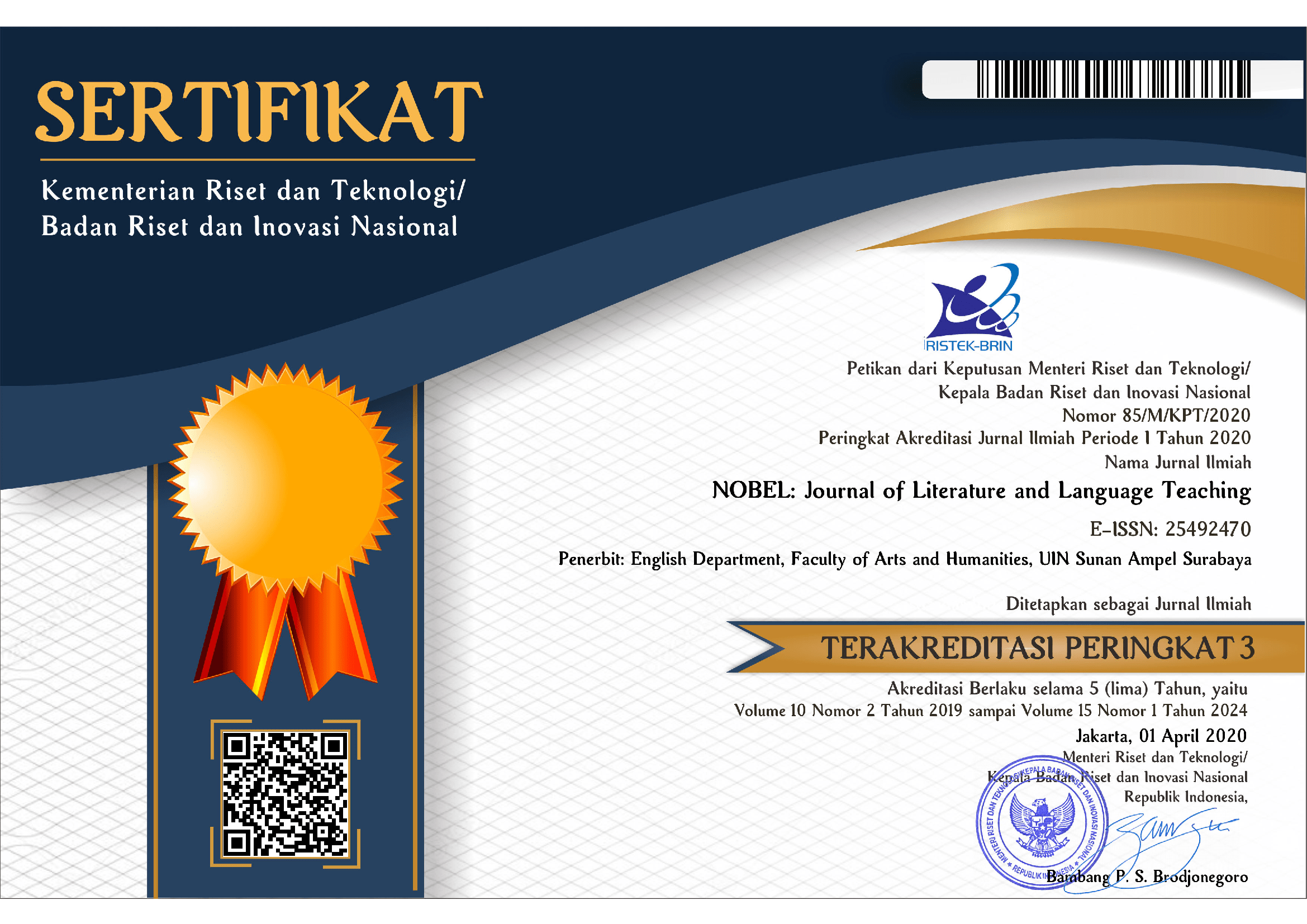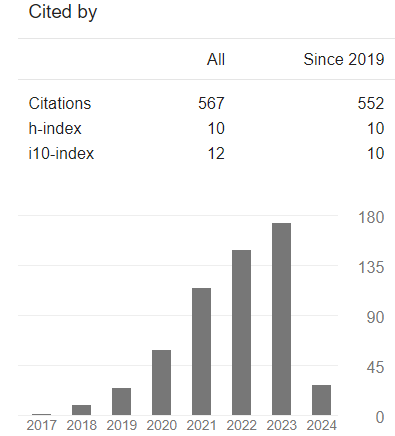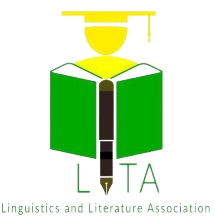Grammatical Errors in Students' Translating Text by the Informatics Department Students in Stekom Semarang
DOI:
https://doi.org/10.15642/NOBEL.2018.9.1.45-56Keywords:
error analysis; grammatical error; translating text; simple present tense; stekom semarang.Abstract
Abstract: The errors cannot be separated from the students who learn English as their Foreign Language in writing skills. They always make error, especially in grammar term. It is because of the difference between the Indonesian and English grammatical pattern. The purposes of this study are to find out the grammatical errors based on Dulay, Burt and Krashen's surface structure taxonomy that happen in students' writing text in translating text from Indonesian to English especially in using simple present tense and to find the sources of errors. Mix method,qualitative and quantitative, is used as the method in this study. The data is taken from 20 students of the third-semester students in Stekom Semarang. This study found that misformation is the highest errors, 96 errors or 54,8% from the whole errors. Next, 40 errors or 22,8% for addition errors, 29 errors or 16,5% for omission errors and 10 errors or 5,71% for misordering errors from the whole errors. Intralingual factor is the most source of learner errors. There are 75% of errors that caused by intralingual factor and 25% errors are caused by interlanguage factors.
Keywords: error analysis; grammatical error; translating text; simple present tense; stekom semarang.
Downloads
References
Batstone, R. (1994). Grammar. New York: Oxford University Press.
Bell, B.F. (1981). Teaching and Learning Mathematics (in Secondary School). Iowa: Wm.C. Brown Company.
Brown, H.D. (1980). Principle of Language and Teaching. Prentice Hall, Inc: New Jersey.
Corder, SP. (1967). The significance of learners’ errors. International Review of Applied Linguistics, 5, 161- 170.
Corder, SP. (1973). Introducing Applied Linguistics. Harmond Worth: Penguin.
Corder, SP. (1981). Error Analysis and Interlanguage. Oxford: Oxford University Press.
Dulay, H.C, Burt, M.K. and Krashen, S. (1982). Language Two. New York: Oxford University Press.
Ellis. (1997). Second Language Acquisition. New York: Oxford University Press.
Gass, S., Slinker, L. (1994). Second Language Acquisition: An Introductory Course, LEA. Mahwah. New Jersey.
Greenbaum, S. & Nelson, G. (2002). An Introduction to English Grammar. London: Longman.
Hasyim, A. (1999). Crosslinguistic influence in the written English of Malay undergraduates: Journal of Modern Language, 12(1), 59-76.
James, C. (1998). Errors in Language Learning and Use: Exploring Error Analysis. United State of America: Addison Wesley Longman Inc.
Muhsin, M.A. (2016). Analysing the student's errors in using simple present tense (a case study at junior high school in Makassar). Journal: Pacific Science Review B: Humanities and Social Sciences 2, 81-87.
Muth’im, A. (2009). Developing Writing Skill; From Theory to Practice. Banjarmasin: Department of English Education Lambung Mangkurat.
Richard, J.C. (1974). Error Analysis. London: Longman Group Ltd.
Tono, Y. (2003 March 28-31). Learner Corpora: Design, Development, and Applications. Proceedings of the Corpus Linguistics Conference, Lancaster, UK.







